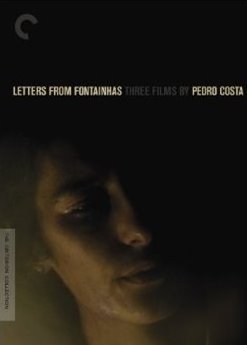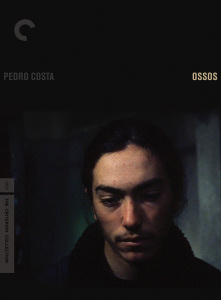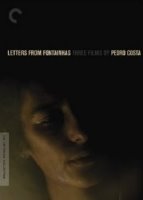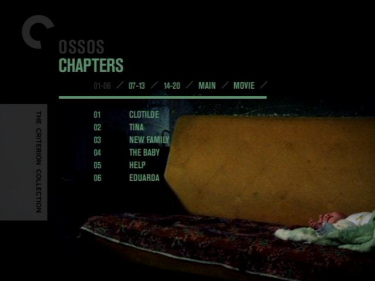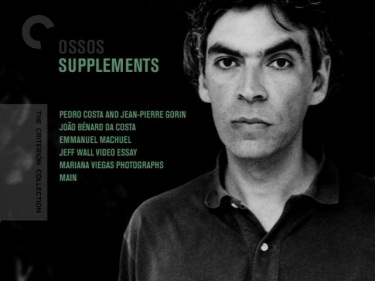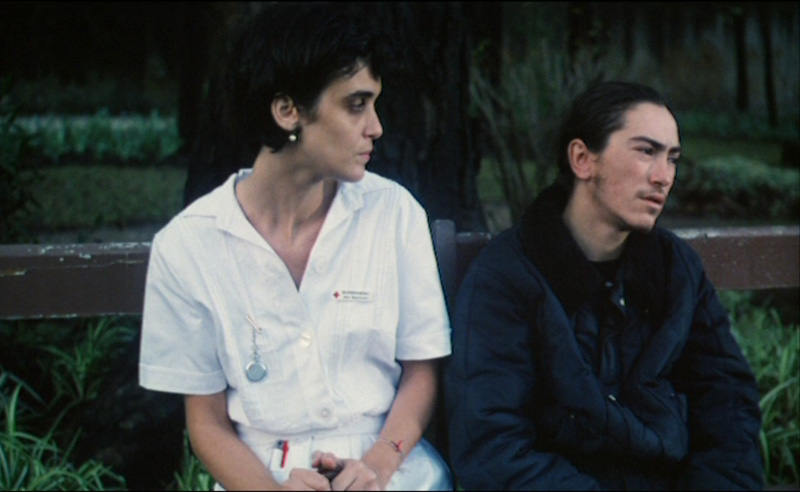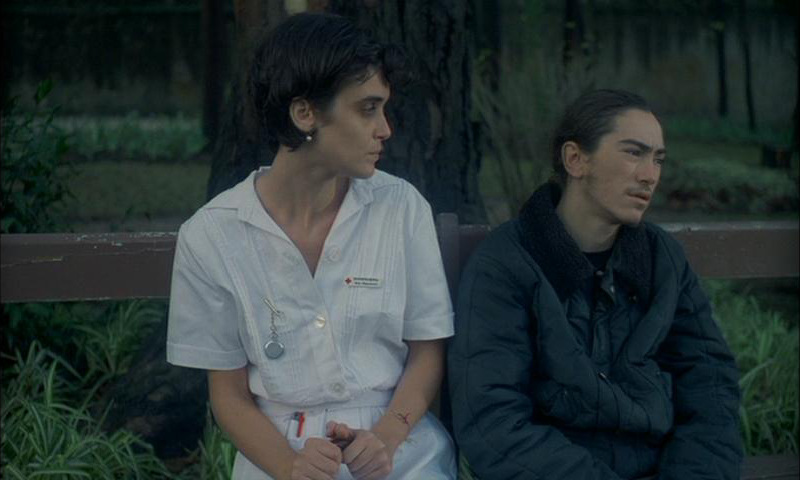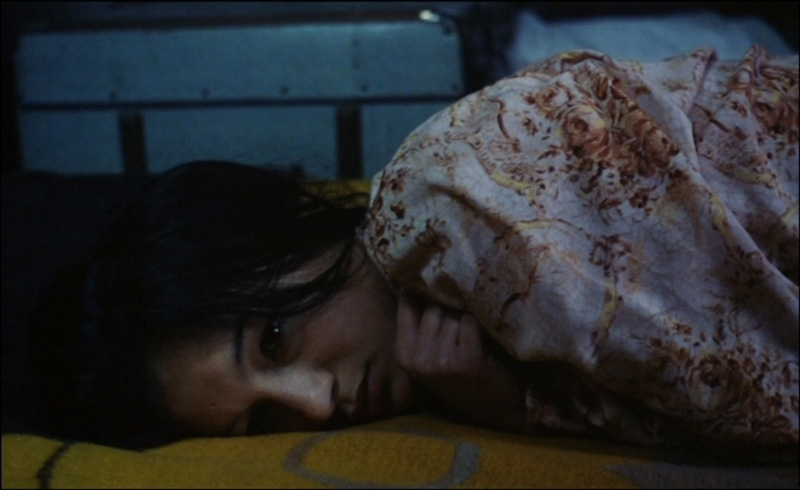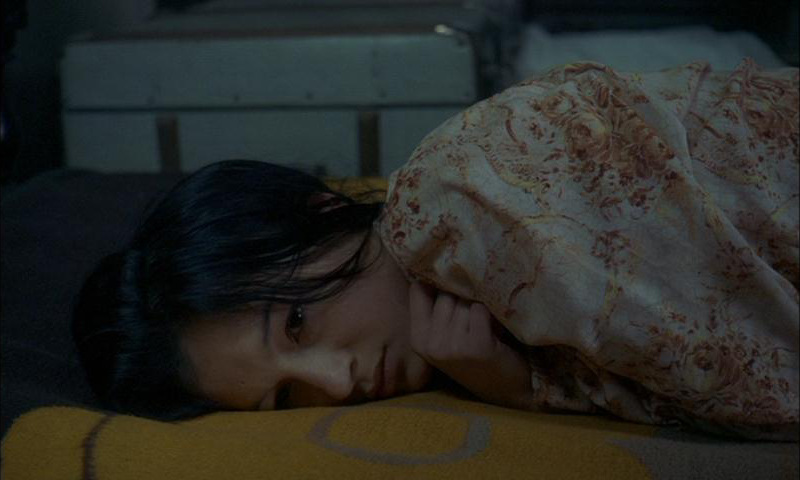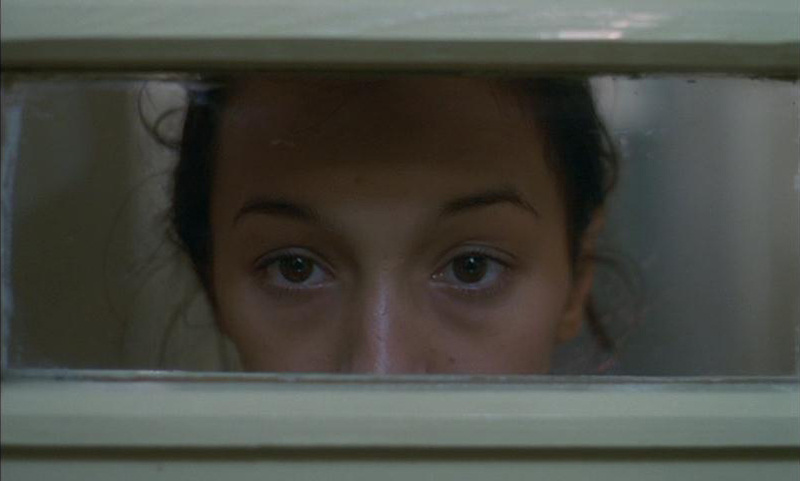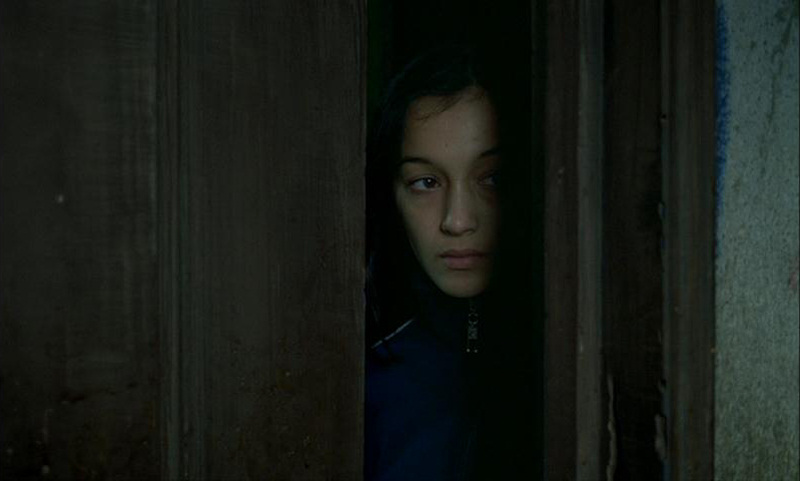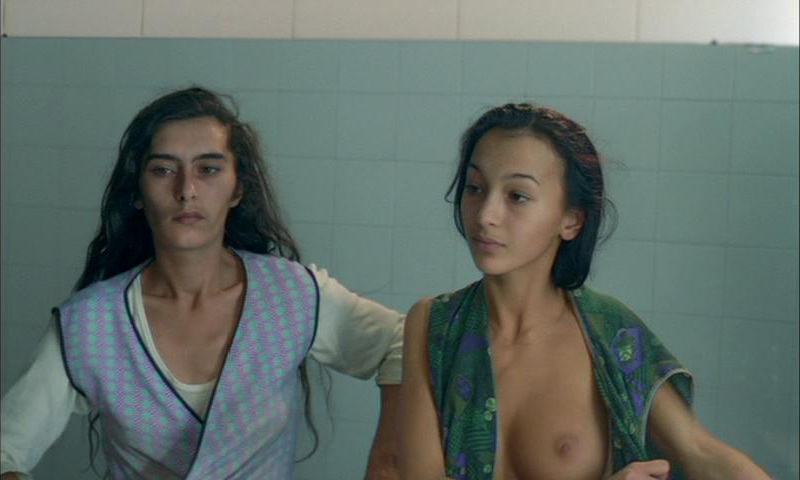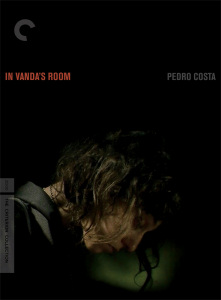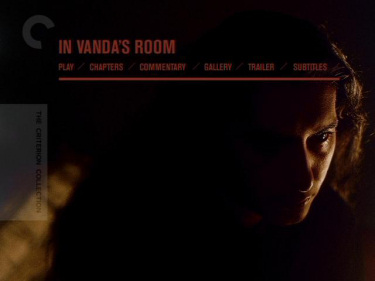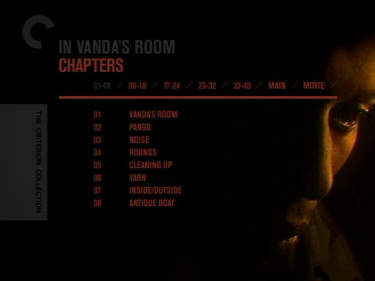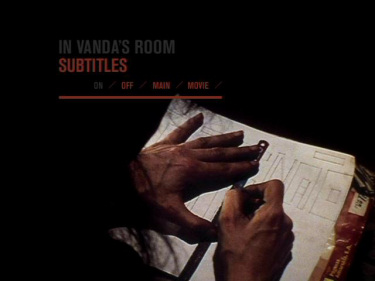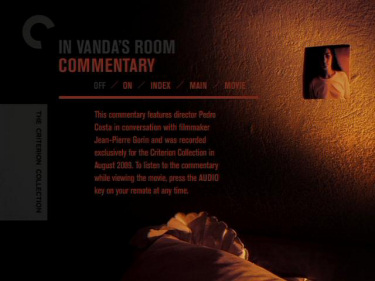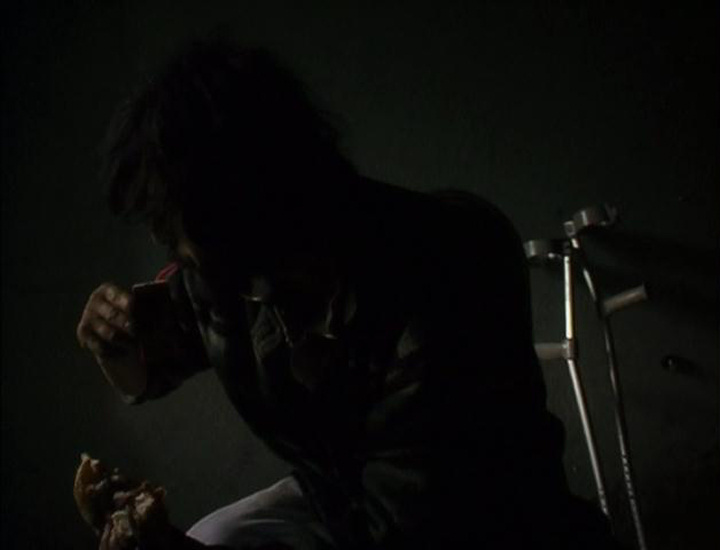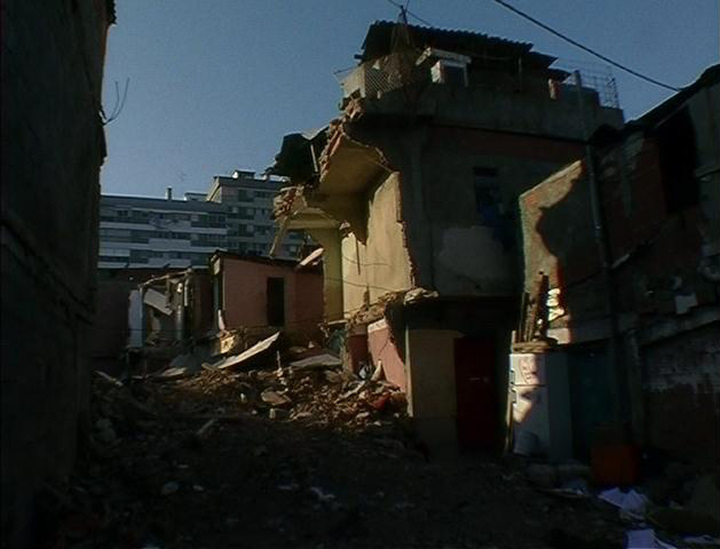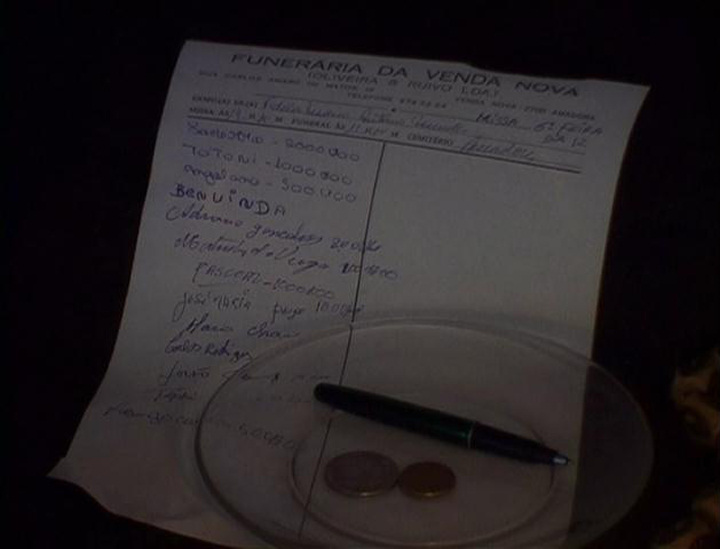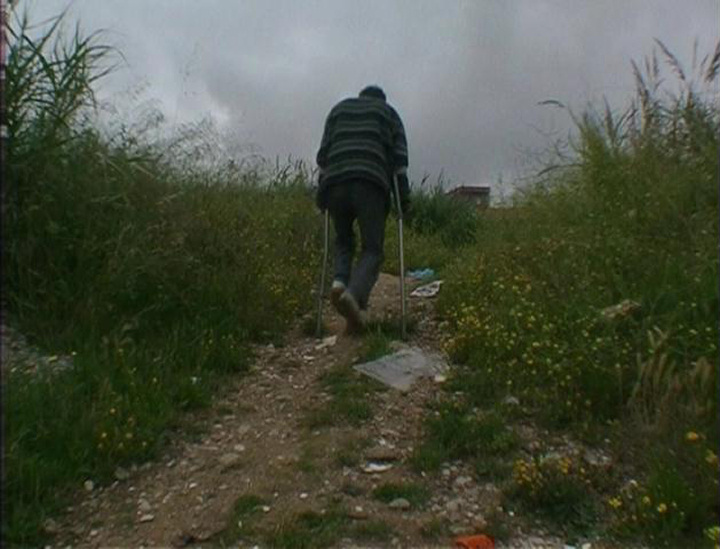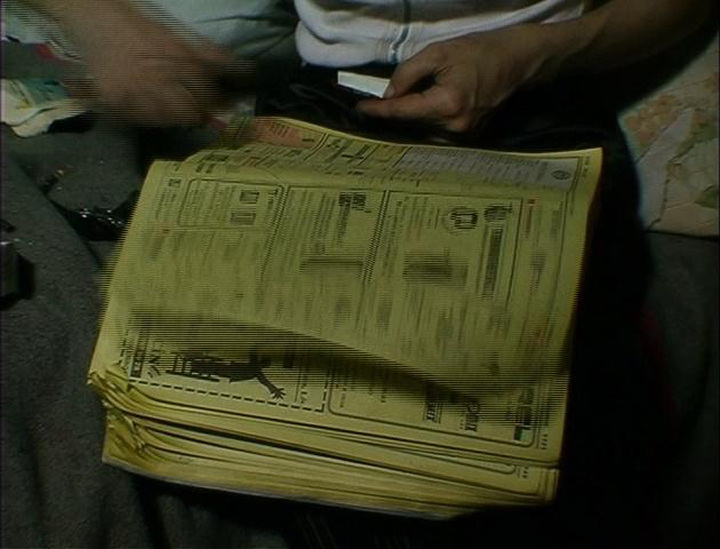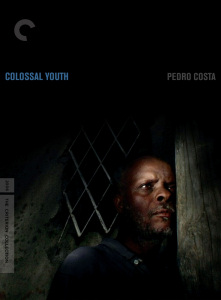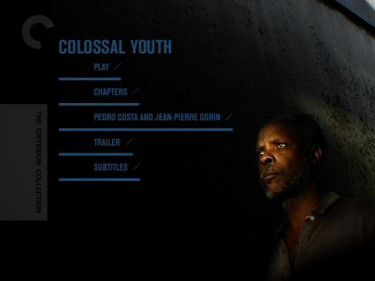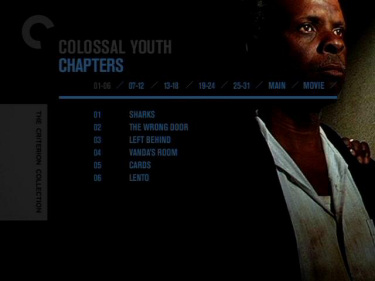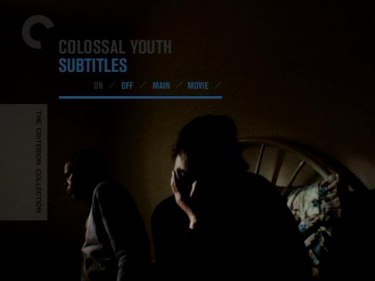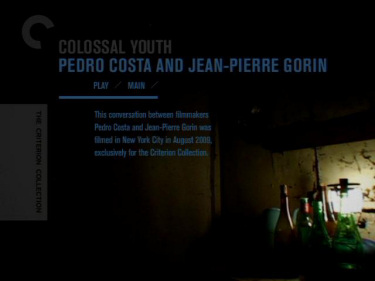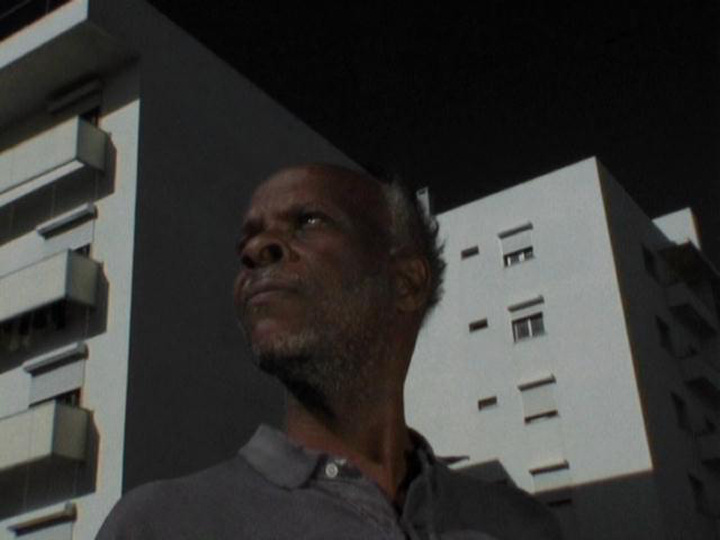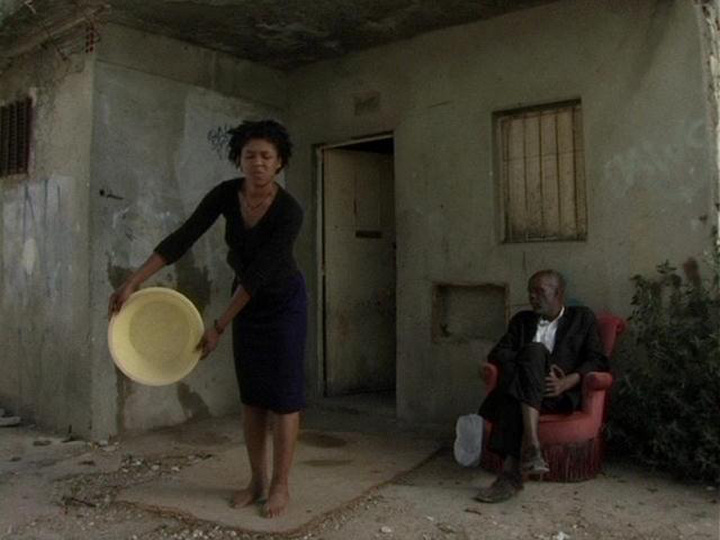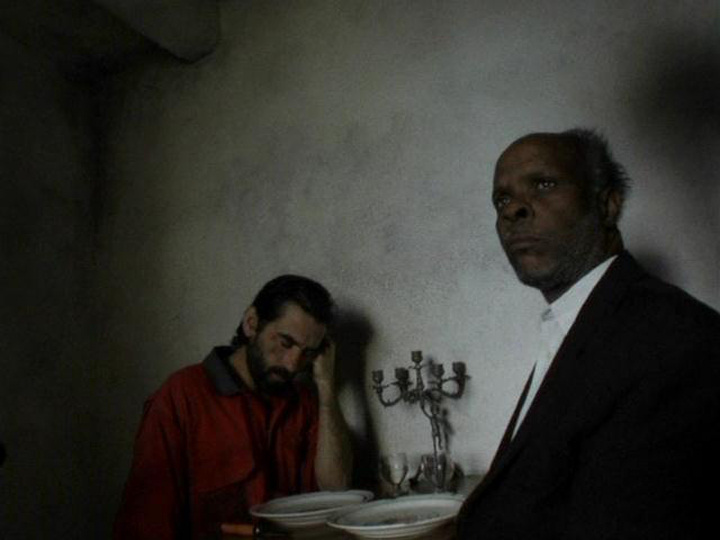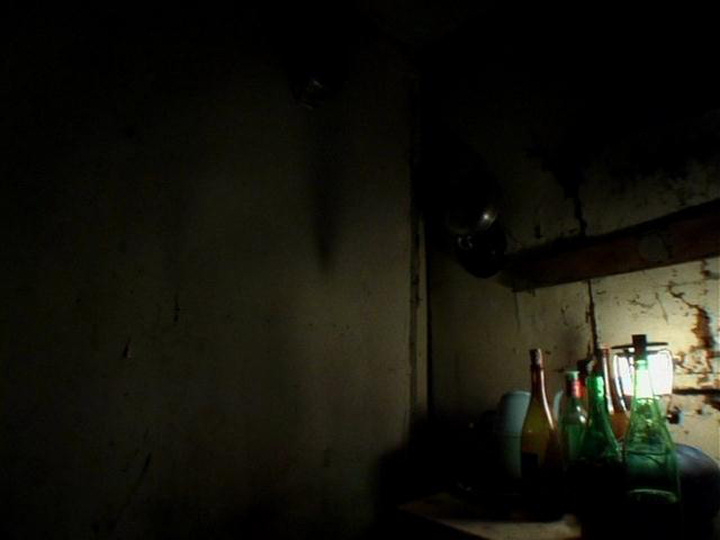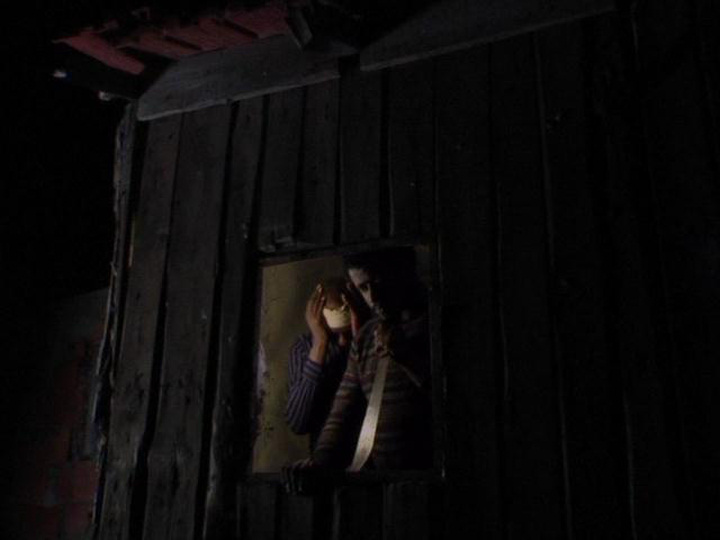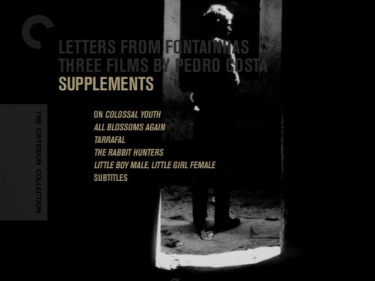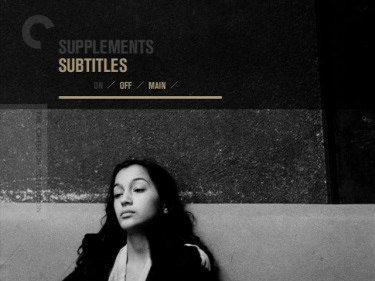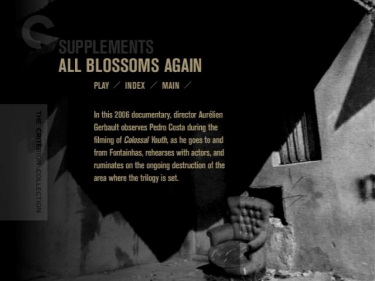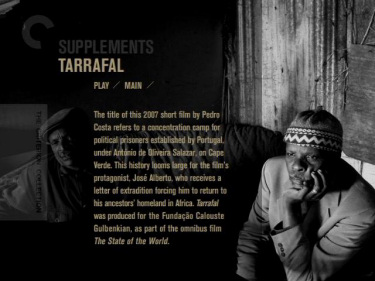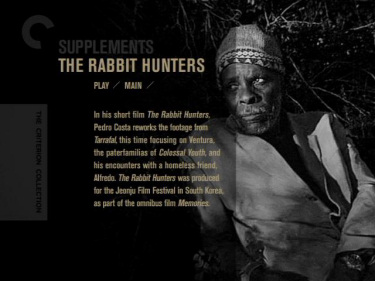![]()
![]()

![]()
![]()
|
Search DVDBeaver |
S E A R C H D V D B e a v e r |
|
|
Letters from Fontainhas: Three Films by Pedro Costa
Ossos (1997) In Vanda’s Room (2000) Colossal Youth (2006)
|
One of the most important artists on the international film scene today, Portuguese director Pedro Costa has been steadily building an impressive body of work since the late eighties. And these are the three films that put him on the map: spare, painterly portraits of battered, largely immigrant lives in the slums of Fontainhas, a neighborhood on the outskirts of Lisbon. Hypnotic, controlled works, Ossos, In Vanda’s Room, and Colossal Youth confirm Costa as a provocative new cinematic poet, one who locates beauty in the most unlikely of places. |
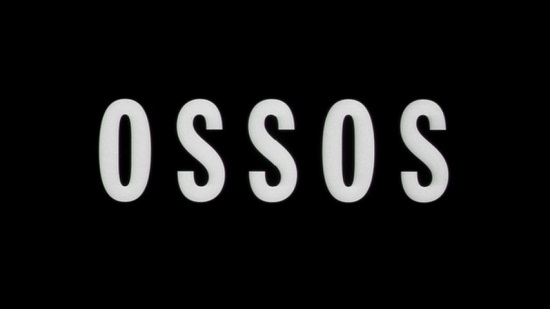
(aka "Bones" )
directed by Pedro Costa
Portugal / France / Denmark 1997
|
OSSOS revolves around an unplanned, unwelcome pregnancy. It takes place
in a Creole shanty town on the outskirts of Lisbon called Estrela d'África.
The father doesn’t want to deal with it, and the mother, Tina, doesn’t
want to deal with it alone. She has to literally drag the father from the
bed into the other room to make him be with her and the baby. Rolling onto
his side away from them, he continues to resist the engagement, until the
baby’s safety puts him in motion. It is a third character, Clotilde, who
is the most central character and works as perpetual intercessor on Tina’s
behalf. While this is the reductive gist, how director Pedro Costa
navigates the story is the event. |
Poster
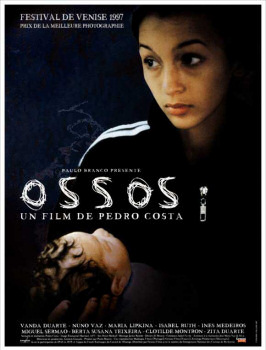 |
Theatrical Release: September 2nd, 1997 (Venice Film Festival)
Reviews More Reviews DVD Reviews
Criterion (Spine # 509) - Region 1 - NTSC
| DVD Box Covers |
|
This edition is only available in Criterion's Letters from Fontainhas: Three Films by Pedro Costa package:
|
| Distribution |
Criterion Region 1 - NTSC |
|
| Runtime | 1:37:48 | |
| Video |
1.66:1 Original Aspect Ratio
16X9 enhanced |
|
 |
||
| Audio |
Portuguese (Dolby Digital 2.0) |
|
| Subtitles | English, None | |
| Features |
Release Information: Studio: Criterion Aspect Ratio:
Edition Details:
DVD Release Date: March
30th, 2010 Chapters 20 |
|
| Comments |
"Letters from
Fontainhas : Three Films by Pedro Costa" is another
impressive release from Criterion. While I don't believe
that I saw the brilliance on my initial viewing of the films
that many critics and fans of Costa find in his works, I
must admit that these challenging and oftentimes rewarding
films (in particular "Ossos" and "Colossal Youth") represent
the impressive work of a highly talented filmmaker. I say
that the films are challenging because, with the exception
of "Ossos" (and even here there are traces of the style
found in Costa's subsequent works), the films are largely
plotless, float about without narrative cohesion, and
feature long stretches without any dialogue. That being
said, they have attracted a number of very passionate
admirers, and while I cannot count myself as one, I would
say that all three are good films that are worth the viewing
investment.
This set,
which surely ranks among the most extras-stacked in the
collection, provides enough bonus materials to keep even the
most die hard Costa fan satisfied. Unfortunately, given the
sheer volume of material included here, I was unable to
experience it all before writing this review. However, I can
say that what I have seen was very informative and gave a
tremendous amount of insight into the material. Of
particular interest to fans will be the conversations
between Costa and Gorin in which they delve into any number
of topics on the film. Also included are short films by
Costa, and a full audio commentary on "In Vanda's Room",
amongst many others. |
DVD Menus
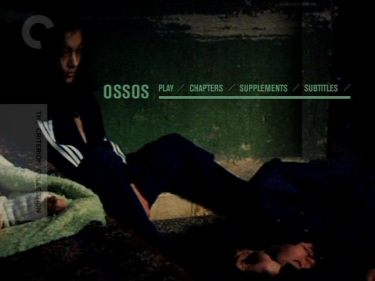 |
|
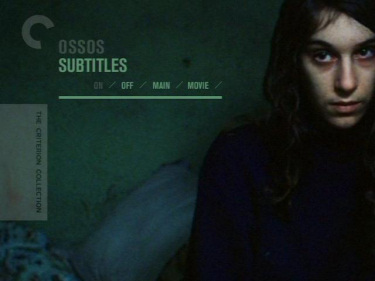 |
|
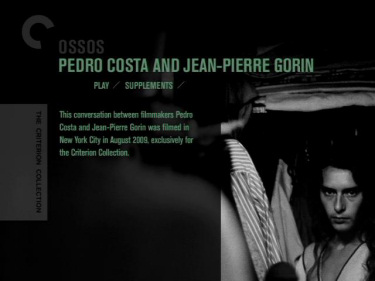 |
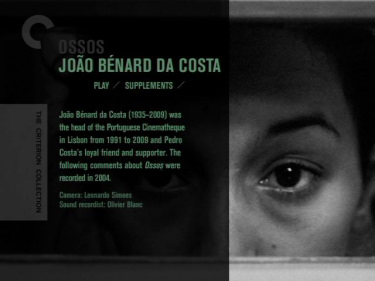 |
Screen Captures
(Gemini Video Editions - Region 2 - PAL - TOP vs. Criterion (Spine # 509) - Region 1 - NTSC - BOTTOM)
|
|
|
|
(Gemini Video Editions - Region 2 - PAL - TOP vs. Criterion (Spine # 509) - Region 1 - NTSC - BOTTOM)
|
|
|
|
|
|
|
|
|
|
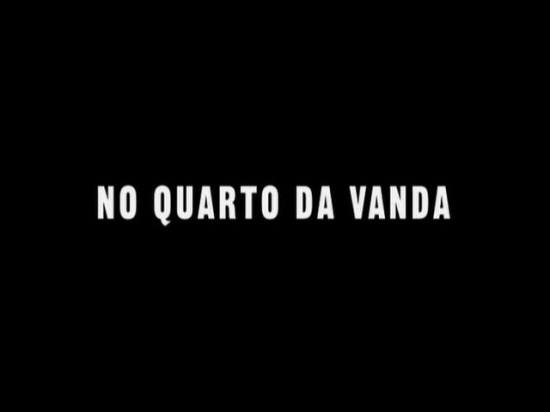
(aka "In Vanda's Room" )
directed by Pedro Costa
Portugal/Germany/Switzerland/Italy 2000
|
For the extraordinarily beautiful second film in his Fontainhas trilogy, Pedro Costa jettisoned his earlier films’ larger crews to burrow even deeper into the Lisbon ghetto and the lives of its desperate inhabitants. With the intimate feel of a documentary and the texture of a Vermeer painting, In Vanda’s Room takes an unflinching, fragmentary look at a handful of self-destructive, marginalized people, but is centered around the heroin-addicted Vanda Duarte. Costa presents the daily routines of Vanda and her neighbors with disarming matter-of-factness, and through his camera, individuals whom many would deem disposable become vivid and vital. This was Costa’s first use of digital video, and the evocative images he created remain some of the medium’s most astonishing. |
Poster
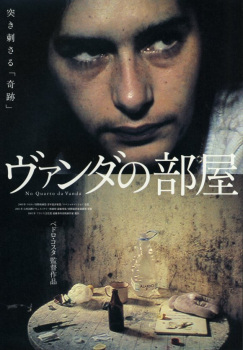 |
Theatrical Release: March 2nd, 2000
Reviews More Reviews DVD Reviews
DVD Review: Criterion (Spine # 510) - Region 1 - NTSC
DVD Menus
|
|
|
|
|
|
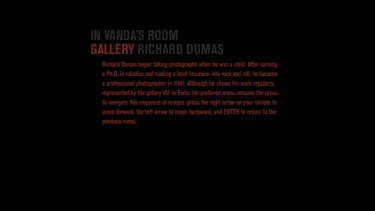 |
Screen Captures
|
|
|
|
|
|
|
|
Combing
|
|
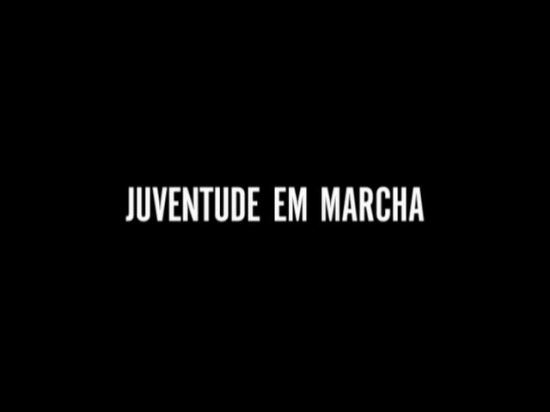
(aka "Colossal Youth" )
directed by Pedro Costa
France/Portugal/Switzerland 2006
|
The Portuguese film
“Colossal Youth” was one of the most fascinating
competition entries at the 2006 Cannes Film
Festival. To judge by the noisy walkouts during its
press screening, it was also one of the most
disliked — although the truer word might be
misunderstood. Beautifully photographed, this
elliptical, sometime confounding, often mysterious
and wholly beguiling mixture of fiction and
nonfiction looks and sounds as if it were made on
another planet. And, in some respects, it was. |
Theatrical Release: November 23rd, 2006
Reviews More Reviews DVD Reviews
DVD Review: Criterion (Spine # 511) - Region 1 - PAL
DVD Menus
|
|
|
|
|
|
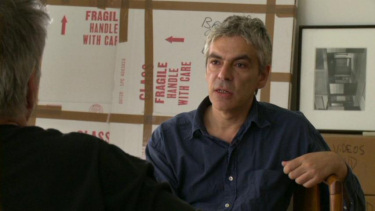 |
Screen Captures
|
|
|
|
|
|
|
|
|
|
Supplement Disc
| Features |
Edition Details: |
|
|
|
|
|
|
|
|
![]()
![]()

![]()
![]()
 Search DVDBeaver |
S E A R C H D V D B e a v e r |
